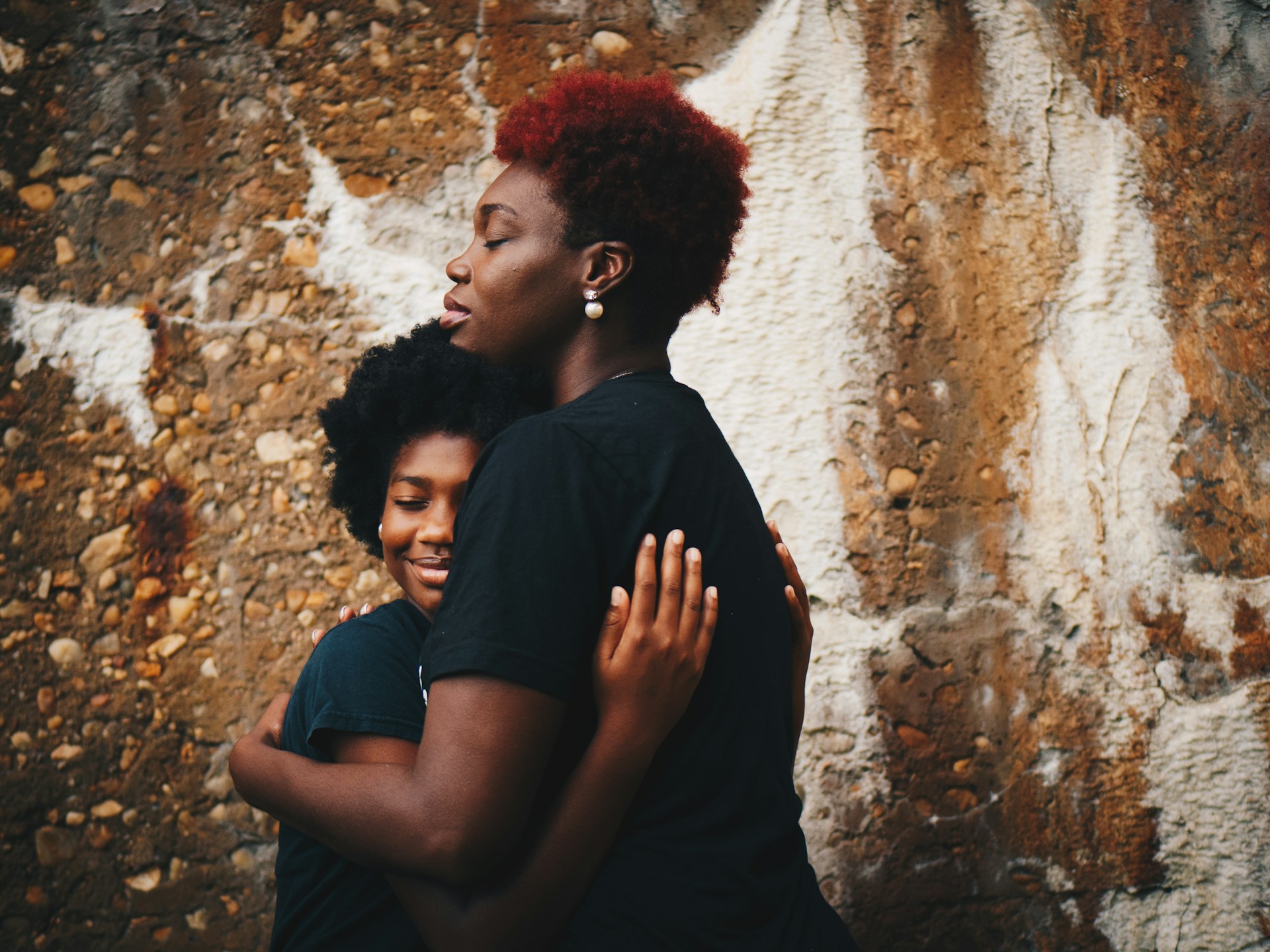The habits and emotional responses we develop over time can significantly influence the way we navigate everyday life and interact with others. Many of these behaviors are deeply ingrained and operate without our conscious awareness. From how we respond to stress to how we relate to loved ones, patterns silently shape our routines, relationships, and even our self-worth. Becoming aware of these patterns is the first step toward meaningful personal growth and stronger, healthier connections.
Recognizing Behavioral Cycles
Behavioral patterns tend to repeat themselves, often without our conscious realization. They may arise from past experiences, especially those involving conflict, trauma, or emotional neglect. You might find yourself consistently reacting with anger when criticized, withdrawing when stressed, or avoiding vulnerability in intimate relationships. These reactions aren’t random—they’re often part of a larger cycle that you’ve lived through countless times.
Recognizing these cycles involves paying close attention to your responses and examining the situations in which they occur. Tools like journaling or guided reflection can help bring clarity. Patterns become easier to interrupt when they’re named and understood. This awareness allows you to pause, assess, and choose a different response instead of repeating the same behavior that might be hurting you or those around you.
Emotional Triggers and Their Origins
Emotional triggers are often tied to unresolved memories or past pain. When current experiences mirror old wounds, they activate powerful emotional responses that may seem out of proportion to the situation. For instance, a partner’s disapproval may ignite a deep fear of abandonment rooted in childhood. These reactions can strain relationships and leave both parties confused and frustrated.
Understanding the source of your emotional triggers requires compassion and curiosity. It’s not about assigning blame but about discovering what your mind and body are trying to protect. Therapy and introspective work can help identify the root of your triggers, giving you tools to respond with intention instead of reactivity. With time and patience, you can begin to soften the grip of these old patterns and cultivate emotional resilience.
Relationship Dynamics and Unspoken Roles
Relationships often function within invisible frameworks where each person unconsciously plays a specific role. You might consistently act as the caretaker, the problem-solver, or the one who avoids confrontation at all costs. These roles are rarely discussed but can define how partners, friends, or family members engage with one another.
Unspoken roles can create imbalance and resentment if left unchecked. For example, the “rescuer” may feel burdened over time, while the “rescued” may struggle with independence. The key is to identify the patterns you’re part of and ask yourself if they serve your well-being and the health of the relationship. Through honest communication and a willingness to change, these dynamics can shift toward greater mutual respect and understanding.
The Link Between Avoidance and Dependency
Avoidance often stems from fear—fear of failure, rejection, vulnerability, or emotional discomfort. In trying to protect ourselves, we may develop habits that provide temporary relief but long-term harm. Whether it’s overworking, compulsive scrolling, or substance use, these behaviors can escalate from coping mechanisms into dependencies.
Many people don’t realize that they’re caught in this loop until it begins affecting their health, relationships, or responsibilities. Reaching out for help can feel intimidating, but resources are available. Calling the National Substance Abuse Hotline in the middle of a difficult moment can offer immediate support and connect you to professionals who understand the complexity of addiction and recovery. Dependency often hides beneath layers of shame and denial, but naming it is the first act of reclaiming your autonomy.
Self-Talk and Internal Narratives
Your inner voice holds tremendous power. It shapes the beliefs you carry about yourself and how you interpret the world. When negative self-talk dominates—statements like “I’ll never be good enough” or “I always mess things up”—it becomes a self-sabotaging pattern that can hinder growth and intimacy.
These internal messages often echo the voices of authority figures from the past—parents, teachers, or peers. Over time, they form the foundation of your self-narrative. Changing that narrative involves noticing your language, challenging irrational beliefs, and practicing kinder alternatives. Techniques such as Cognitive Behavioral Therapy (CBT) are highly effective in this area. By shifting how you speak to yourself, you begin to create space for confidence, compassion, and clarity to thrive.
Environmental Influence and Daily Habits
The spaces you occupy and the routines you follow significantly shape your mental and emotional landscape. A cluttered home, irregular sleep, or excessive screen time can silently erode your energy and focus. Likewise, the people around you—whether they offer support or contribute to stress—play a critical role in reinforcing or disrupting negative patterns.
Positive change often begins with small but intentional adjustments. Creating a structured morning routine, setting tech boundaries, or surrounding yourself with emotionally intelligent people can build a healthier foundation. These changes don’t require radical transformation but rather a series of mindful choices. By crafting an environment that supports your goals and emotional well-being, you make it easier to live in alignment with your values and relationships.
Awareness is the gateway to change. When you begin to notice the patterns that shape your actions, emotions, and connections, you reclaim the ability to make conscious choices. Whether it’s breaking cycles of avoidance, challenging your inner critic, or stepping out of an unspoken role, every shift—however small—moves you closer to authenticity, balance, and deeper connection with yourself and others.






